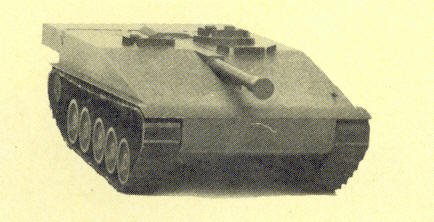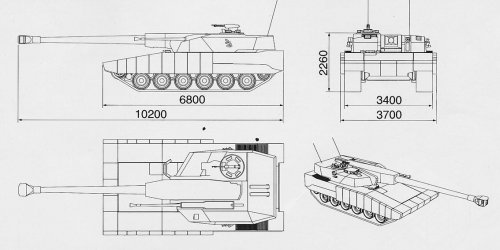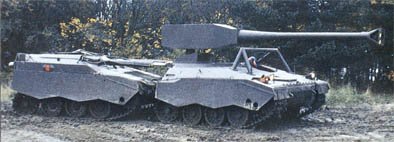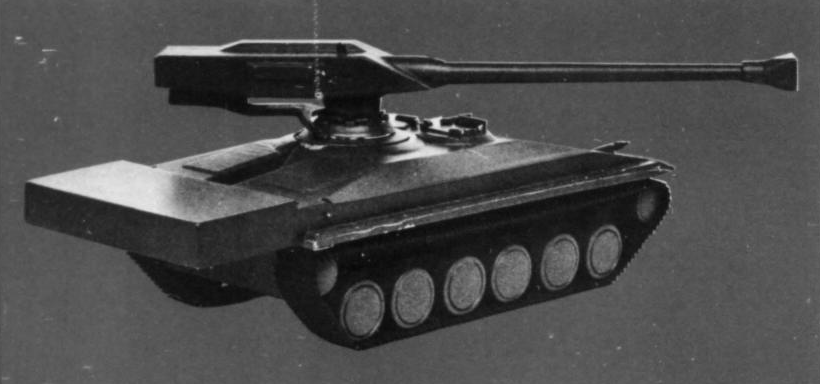6.4. Sweden
6.4.1. Some of the best examples of the effective use of test beds are
provided by the development of combat vehicles in Sweden and in particular, j
the development of the S-tank. The novel concepts embodied in that tank
were first explored in a series of low-cost test beds. This greatly
reduced the technical risks involved in the development of the S-tank and
helped to keep its cost down.
6.4.2. The low-cost, stage-by-stage approach to new concepts is now being
repeated in the development of a novel articulated tank destroyer armed
with a 120 mm gun, the UDES XX 20. The development of this vehicle started
with the construction of a reduced scale test bed, based on the chassis of
the light, articulated BV 206 carrier, which proved the new automotive
features of the concept. This was accompanied by the construction of
another test bed, which consisted of a 105 mm tank with an enlarged chamber
mounted on the chassis of a Marder mechanized infantry combat vehicle,
which proved the feasibility of firing a 120 mm tank gun from a relatively
light vehicle of about 20 metric tons. After these basic issues were
resolved with the two test beds, the tank destroyer program advanced to the
construction of the UDES XX 20 test bed, which is close in several respects
to the vehicle that might be fielded. However, the primary purpose of the
UDES XX 20 is to develop the installation of the 120 mm gun and its control
system, and also to develop the elaborate automatic loading system
associated with this concept. Only when all this has been successfully
accomplished will the decision be made, whether or not to proceed with the
articulated tank destroyer.














